Isfahan, located in central Iran, and Bandar Abbas, situated on the southern coast of the country, are the two cities of the Islamic Republic which are members of the UCCN.
Launched in 2004, the UCCN aims to bolster cooperation with and among cities that have recognized creativity as a strategic factor of sustainable development as regards economic, social, cultural, and environmental aspects.
Nearly 300 cities around the globe that currently make up this network work together towards a common objective: placing creativity and cultural industries at the heart of their development plans at the local level and cooperating actively at the international level.
The Network covers seven creative fields namely Crafts and Folk Art, Media Arts, Film, Design, Gastronomy, Literature, and Music.
The UNESCO Creative Cities Network aims to boost international cooperation between cities that have recognized creativity as a strategic factor of their sustainable development.
The cultural body also aims to strengthen initiatives led by member cities to make creativity an essential component of urban development, notably through partnerships involving the public and private sectors and civil society.
Reinforcing the creation, production, distribution, and dissemination of cultural activities, goods, and services is another objective pursued by the entity.
The UCCN, moreover, helps develop hubs of creativity and innovation and broadens opportunities for creators and professionals in the cultural sector.
Enhancing access to and participation in cultural life as well as the enjoyment of cultural goods and services, notably for marginalized or vulnerable groups and individuals is among other goals of the Network.
Furthermore, the members of the bloc entirely integrate culture and creativity into local development strategies and plans.
Isfahan

Isfahan is sometimes referred to as the crown jewel of Iran’s handicraft industry, where its artisans do their best to safeguard know-how passed down from generation to generation.
The city was once a crossroads of international trade and diplomacy in Iran and now it is one of Iran’s top tourist destinations for good reasons.
It has long been nicknamed as Nesf-e-Jahan, which is translated into “half the world”; meaning seeing it is relevant to see half the world.
After the art of Minakari (enameling), Isfahan’s art of Qalamkari was also earned a global status bestowed by the World Council of Handicrafts in mid-June.
Qalamkari is a type of textile printing using hand-carved wooden stamps to cover the textile with oriental and Iranian motifs and designs, including flora and fauna, arabesques, geometric designs, hunting scenes, Persian calligraphy, etc.
Known as a hub for crafts and folk art, the creative sector of Isfahan comprises Iran’s most specialized craftspeople in 167 various disciplines.
The arts feature carpet weaving, metalwork, woodwork, ceramics, painting and inlay works of various kinds.
According to Isfahan Territorial Planning, over 9,000 craft and folk art workshops and enterprises contribute to the Isfahan economy.
A large amount of the workshops are located in the historical Naqsh-e Jahan Square, inscribed as a UNESCO World Heritage Site in 1979 and dedicated to the sector.
The historical square is considered the major center for showcasing high-grade works through permanent exhibitions.
As a Creative City of Crafts and Folk Art, Isfahan envisages developing the capacities of artists and creative entrepreneurs by providing financial support and training in management and marketing through the Creative Isfahan Plan, launched by the Municipality in 2014.
The historical city encourages gender equality in the production of crafts and folk art.
The visibility of crafts and folk art through the web information platform is enhanced which identifies existing opportunities in terms of training, employment, and entrepreneurship.
Bandar Abbas

Bandar-e Abbās, port city and capital of Hormozgān province, on the Strait of Hormuz, the main maritime outlet for much of southern Iran. It lies on the northern shore of Hormuz Bay opposite the islands of Qeshm, Lārak, and Hormuz, Britannica reported.
The summer climate is oppressively hot and humid, and many inhabitants then move to cooler places; however, winter is pleasant, added the encyclopedia.
The main cultural characteristics of Bandar Abbas include handicrafts and local art, seafood, local music, and song.
For Bandar Abbas, the art and crafts industry is an important part of the city's economy, with an annual turnover of about $US 2 million and exports of nearly $US 1.5 million, as well as generating 8000 direct and indirect job opportunities in the fields of production, distribution, advertising, sales, export, and training of local industries.
Many exhibitions and conferences are annually held at local, national and international levels. The majority of the celebrated artworks and crafts are created by local makers and students.
As a Creative City of Crafts and Folk Art, Bandar Abbas envisages integrating cultural and creative industries into local development programs, transforming the city through cultural values and encouraging the cooperation of all stakeholders to promote international interactions and maintaining the human heritage to ensure the sustainable development of the city.
According to the Tehran Times, Iran ranks first in the ranking of the World Crafts Council as 14 cities and villages of the Islamic Republic have been registered by the entity.
Reported by Tohid Mahmoudpour





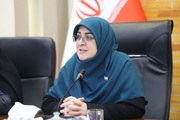

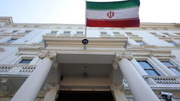
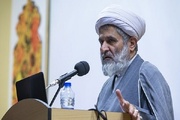

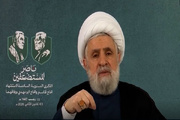











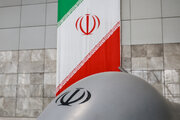
Your Comment